Plate Processing Company
6 Important Aspects to Consider During Plate Rolling
6 Important Aspects to Consider During Plate Rolling
Plate rolling is a metalworking process used to form cylindrical shapes from flat metal plates or sheets. This process involves passing the metal through a series of rolls that gradually bend and curve the material into the desired shape. If you are working on a project and need plate rolling services in Houston, Apache Steel Works is your go-to choice. We specialize in plate rolling and like to share our insights about such processes often. So, we are sharing here the things that matter a lot in the plate rolling process.

Operating Parameters
Selecting the right bending rolls for your project is important. Modern plate rolling machines are typically cambered (crowned) at 50% of their full-rated value. This means that a 2-inch machine is designed to roll a 1-inch plate effectively. Plate bending machines are engineered to perform optimally when used within half of their working capacity. Exceeding the recommended limits can compromise the quality of the rolled product and lead to performance issues.
Right-size Roller
Most plate rolling machines achieve their best results when operating at 50% of their full-rated roll value. As a general rule, you can roll a sheet or plate at 1.5 times the upper roll's diameter.
For instance, if the top roll has a 10-inch diameter, the minimum recommended "rollable" inside diameter should be 15 inches. Machines with planetary guides can maintain approximately 50% more area under bend pressure, allowing for a one-to-one ratio with the upper roll diameter.
Pre-Bending
During the initial stages of plate rolling, the pinch rolls provide the "grabbing" force, while the bending roll's position determines the forming geometry. However, there is often a narrow, unbent flat section on the plate's leading and trailing edges.
Pre-bending is a process that reduces the length of these flat sections by firmly pinching the plate material between two rolls and then using a lateral roll to force an initial bend before the final rolling commences. This process should be repeated on each end of the plate to avoid large flattened sections at the cylinder's mating points.
Many double-pinch and four-roll systems allow for pre-bending the leading edge without removing the plate from the roller before the final rolling operation.
Consistency in Roll Bending
Consistent roll bending requires you to control the forming roll pressure and location. Softer materials require less pressure than harder materials due to their lower yield strength, which causes them to start forming sooner.
Even materials with identical thicknesses and rolled to identical diameters may require different roll positions based on their properties. Every adjustment to the forming roll's position, such as raising, lowering, or moving it in or out, affects the roll pressure and the resulting radius.
Springback
Like any forming operation, plate rolling must account for springback, a material property that causes the metal to partially "unroll" or spring back after the forming pressure is released. To compensate for springback, an overlap of several inches may be required when rolling to the desired diameter. If the correct diameter is achieved during rolling, a closed and appropriate gap will result after springback occurs.
Anti-Deflection
Rollers are subject to deflection, which can affect the uniformity of the rolled part. One anti-deflection method involves using rolls with slightly larger diameters in the middle than at the ends. This design helps counteract the deflection that occurs when the roller is supported from both ends, causing maximum deflection at the center.
Rollers are rigid near the ends and deflect in the center, remaining cylindrical but no longer straight – a normal part of machine operation. Anti-deflection devices or crowning systems help maintain consistent pressure from the forming roll across the entire length of the bend.
Whether you're working with a simple cylindrical form or a more complex curvature, our plate rolling services in Houston can help your project. So, if you need plate rolling, please feel free to get in touch with us.


